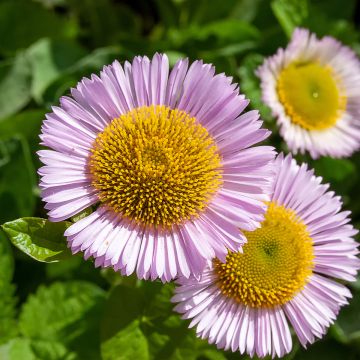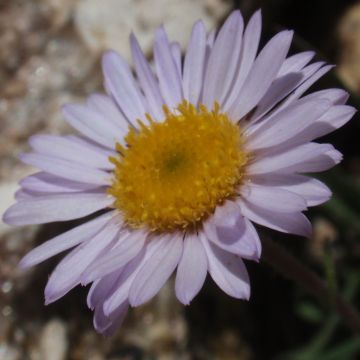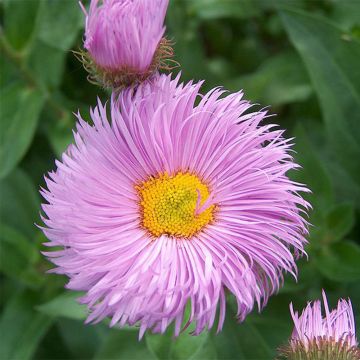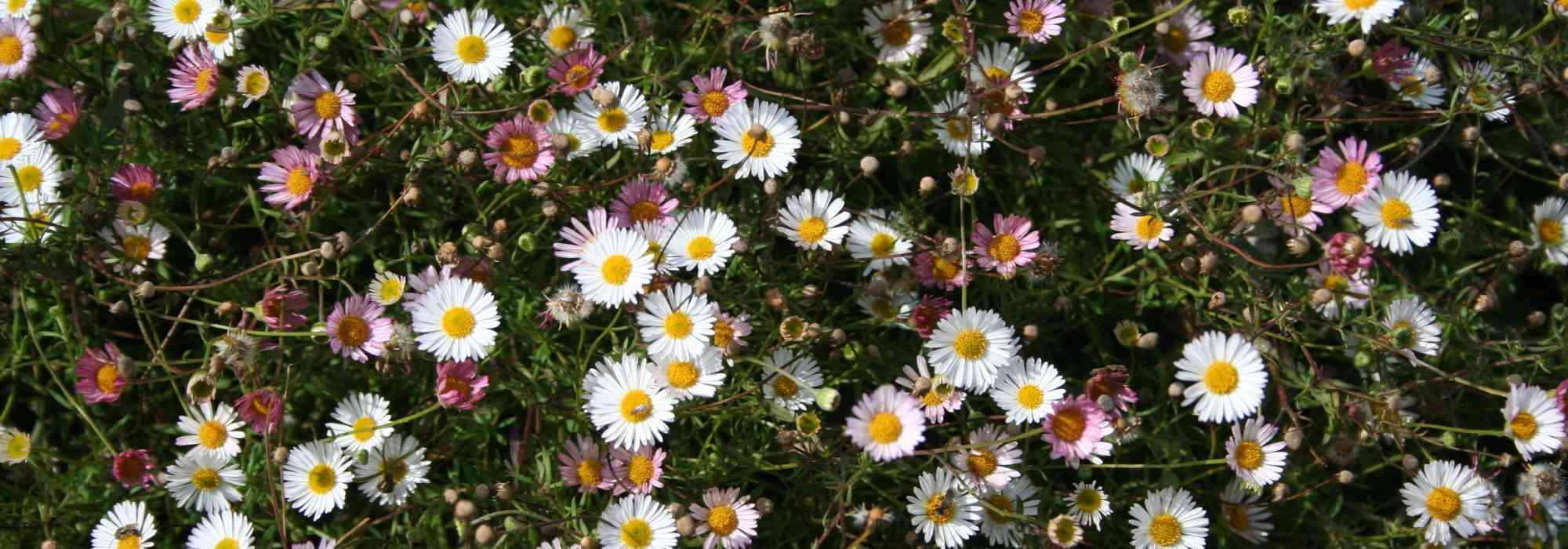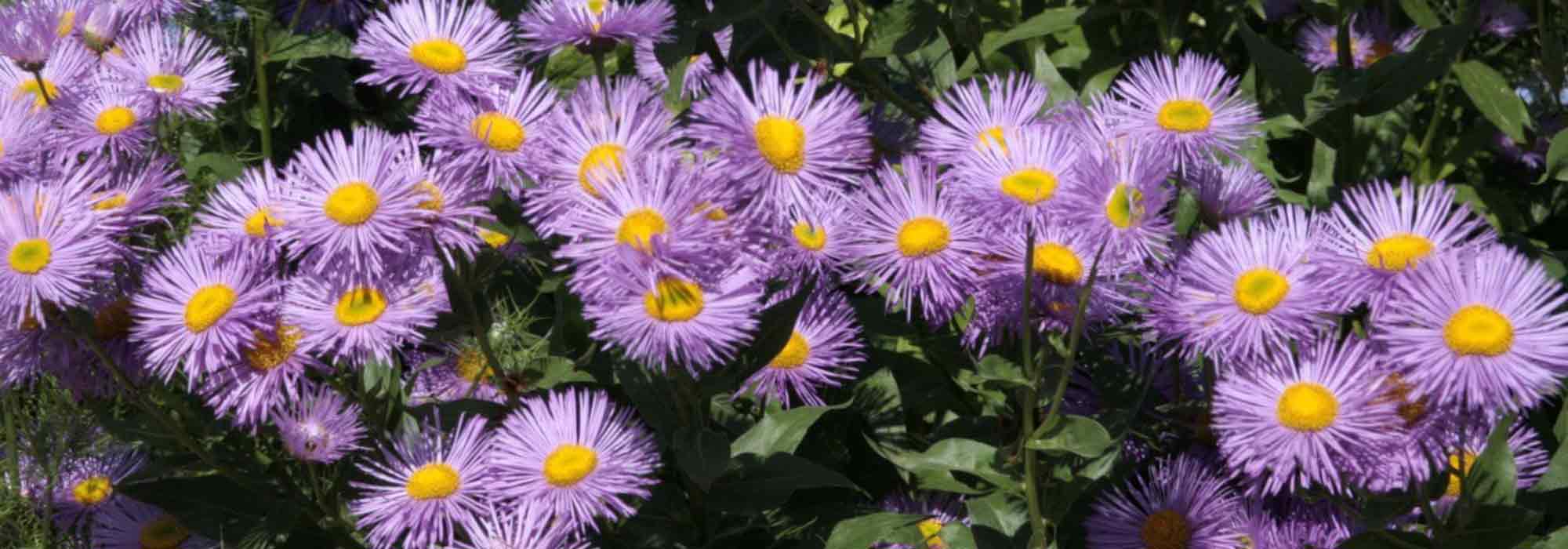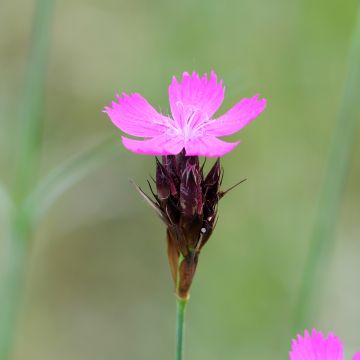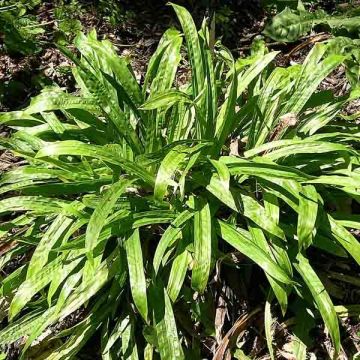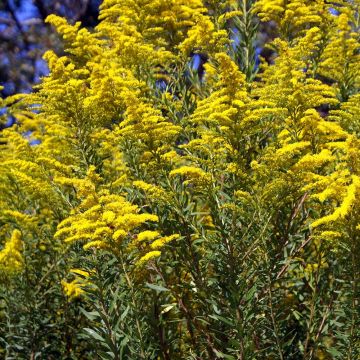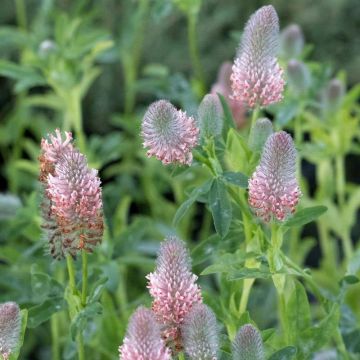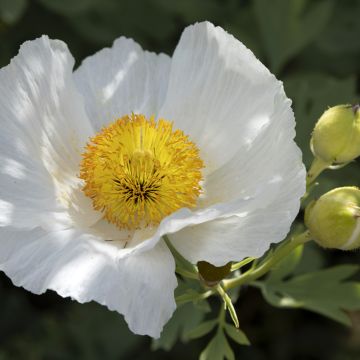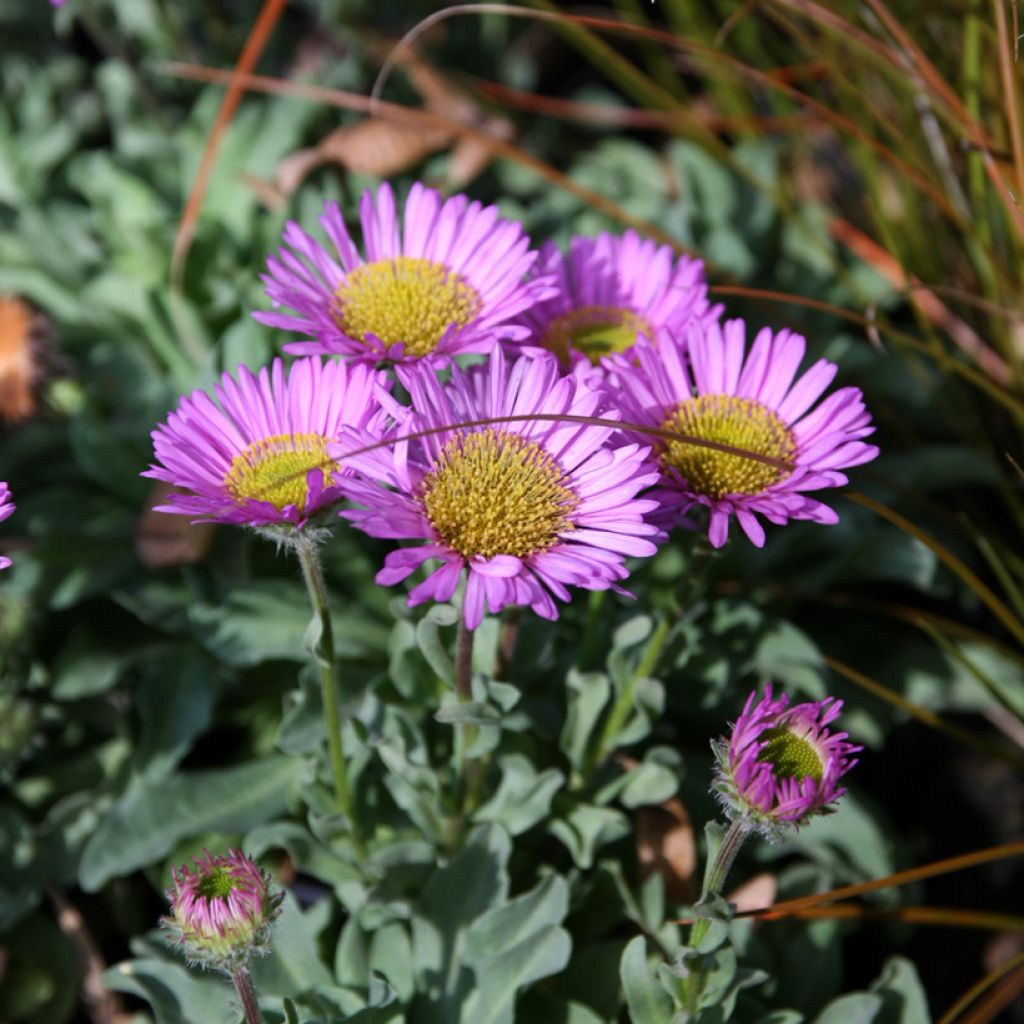

Erigeron glaucus Sea Breeze
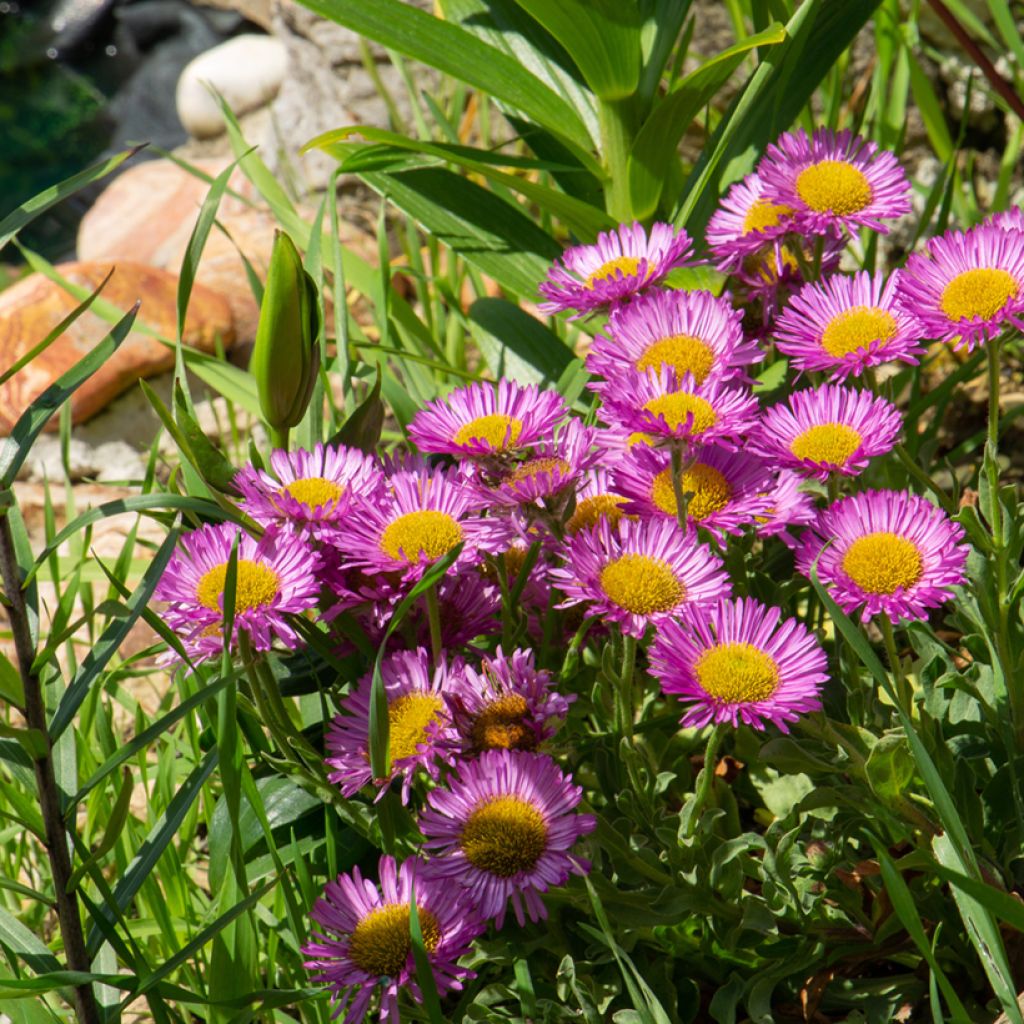

Erigeron glaucus Sea Breeze
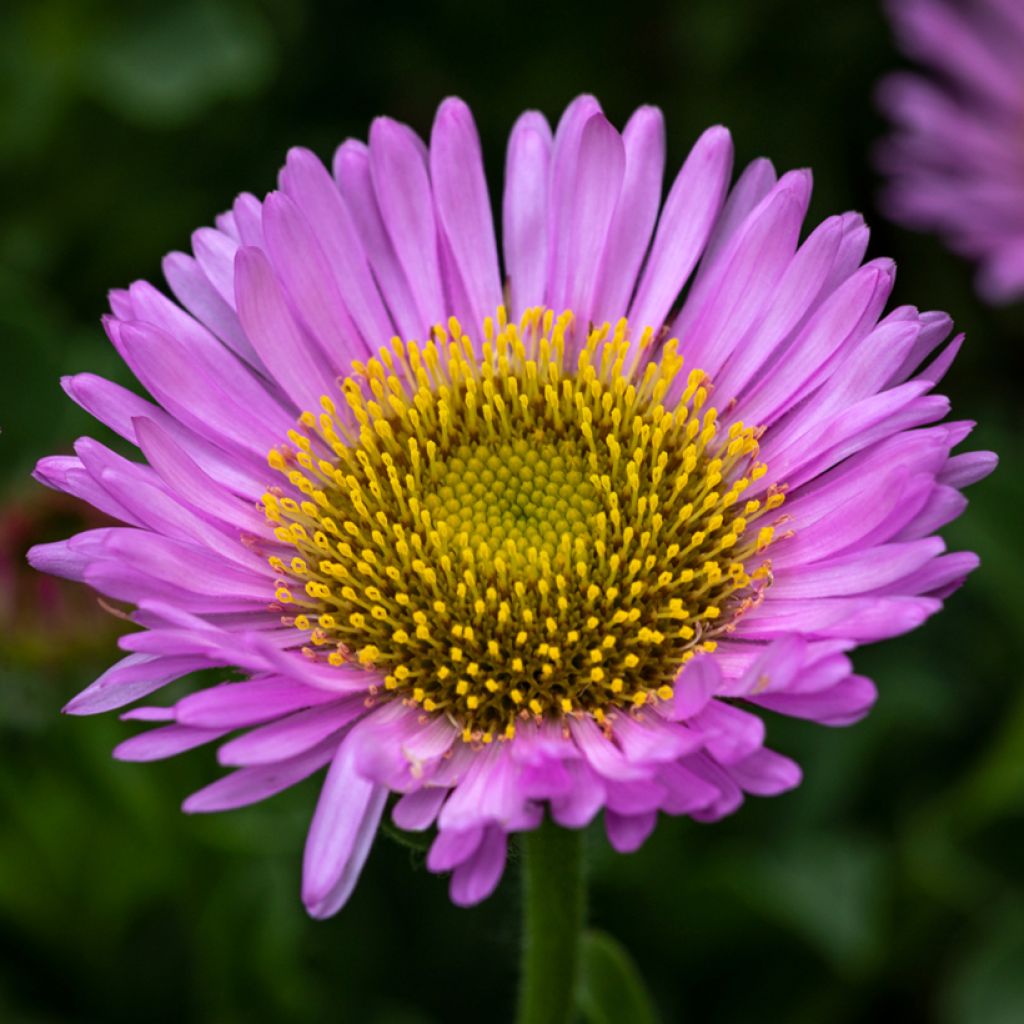

Erigeron glaucus Sea Breeze


Erigeron glaucus Sea Breeze
Erigeron glaucus Sea Breeze
Erigeron glaucus Sea Breeze
Fleabane
I haven't received it.
France, 21/11/2023
Special offer!
Receive a €20 voucher for any order over €90 (excluding delivery costs, credit notes, and plastic-free options)!
1- Add your favorite plants to your cart.
2- Once you have reached €90, confirm your order (you can even choose the delivery date!).
3- As soon as your order is shipped, you will receive an email containing your voucher code, valid for 3 months (90 days).
Your voucher is unique and can only be used once, for any order with a minimum value of €20, excluding delivery costs.
Can be combined with other current offers, non-divisible and non-refundable.
Why not try an alternative variety in stock?
View all →This plant carries a 12 months recovery warranty
More information
We guarantee the quality of our plants for a full growing cycle, and will replace at our expense any plant that fails to recover under normal climatic and planting conditions.
Would this plant suit my garden?
Set up your Plantfit profile →
Description
Erigeron glaucus Sea Breeze, also known as fleabane, is a charming perennial plant, very floriferous from late spring to early summer. It forms a low tuft of greenish-blue leaves and is adorned with semi-double head-shaped flowers, quite large compared to the size of the plant, in a delicate pink with a hint of mauve around a beautiful golden heart. Simple and generous, this Erigeron easily finds its place in the garden in rockeries and sunny borders, in light soil, which is not too dry, even limestone. It is also well adapted to coastal conditions.
Erigeron glaucus belongs to the Asteraceae family, just like asters and daisies. This botanical species grows on beaches, dunes and coastal cliffs in California and Oregon. It has become naturalised in Europe, where it is sometimes observed on the coasts. It is a perennial plant with a robust rootstock that reaches about 25 cm (10in) in height. Its ramified stems bear thick, slightly leathery, spoon-shaped leaves, occasionally with slightly dentate edges, measuring 2 to 13 cm (1 to 5in) long. In this species, they are greenish-blue. The foliage persists more or less depending on the severity of the winter. Flowering begins in May-June and, depending on the climate, can continue until October. The inflorescences are composed of 1 to 15 flowers in head-shaped clusters measuring between 1 and 3 cm (0 and 1in) in width. Each cluster consists of a golden centre surrounded by thin florets called ligules. In the Sea Breeze variety, the colour of the ligules is a delicate pink with a hint of mauve.
This hardy fleabane Sea Breeze has the advantage of abundant and long-lasting flowers in light and sunny soils. This excellent perennial is therefore welcome on the edge of a bed or path, or in a not too dry rockery. Combine it with undemanding perennials such as aubrietas, salvia nemorosa, valerian, Ceratostigma plumbaginoides, dwarf asters, and many others. A beautiful scene can be created by associating it, for example, with Coreopsis 'Full Moon Madness' and Geranium vivace 'Elsbeth'.
Erigeron glaucus Sea Breeze in pictures


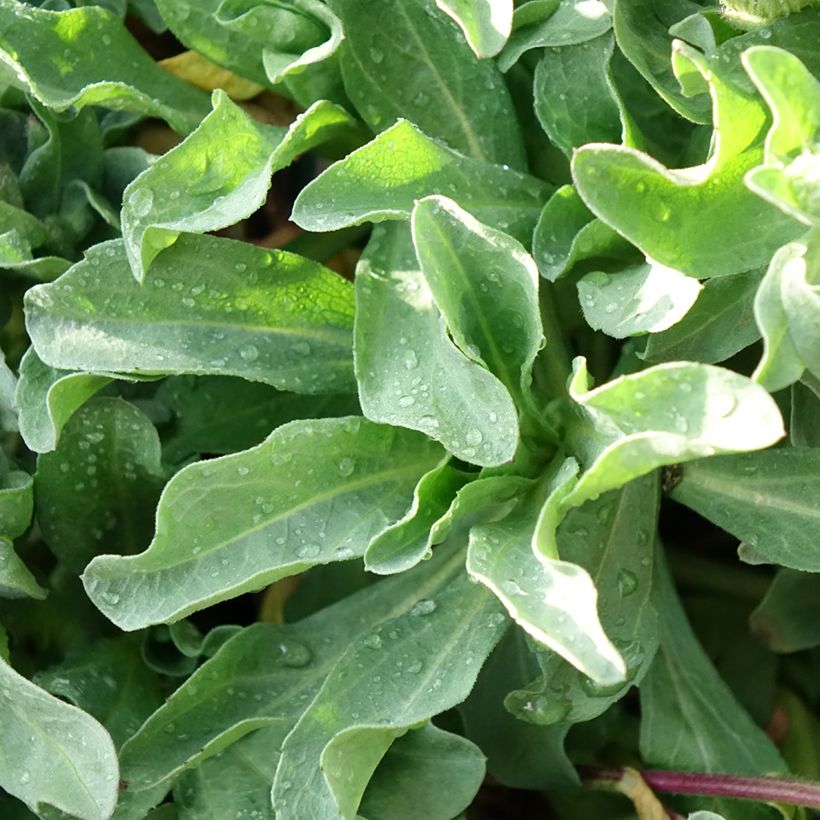

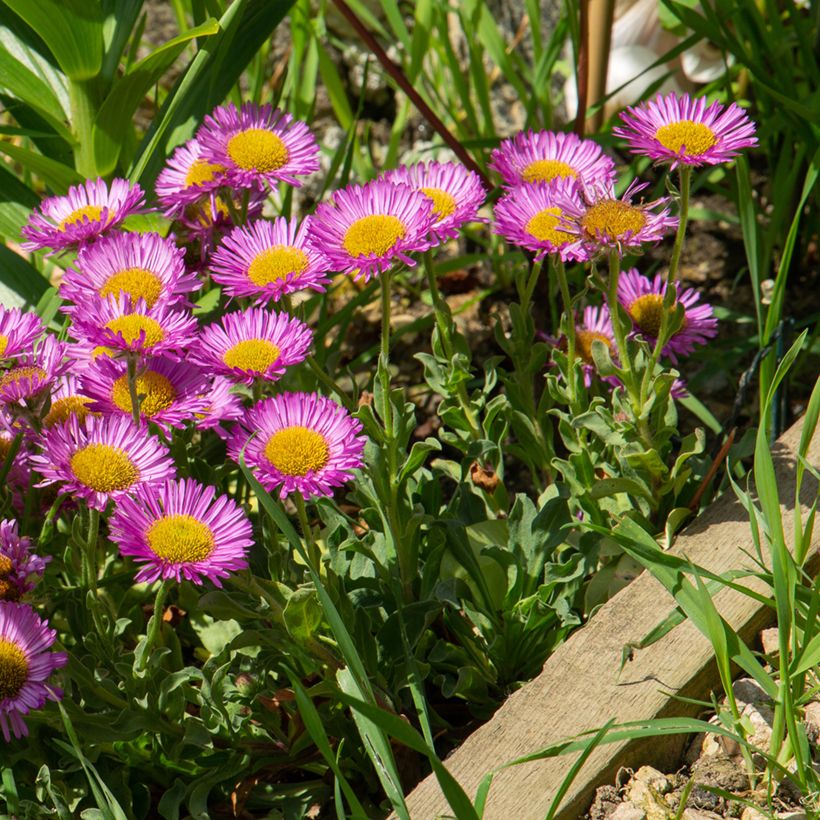

Flowering
Foliage
Plant habit
Botanical data
Erigeron
glaucus
Sea Breeze
Asteracées
Fleabane
Cultivar or hybrid
Other Erigeron - Fleabane
View all →Planting and care
The Erigeron glaucus Sea Breeze thrives in the sun, in a light, well-drained soil, not too dry in summer. It accepts poor and calcareous soils. Ideally, a rather fertile, sandy and humus-rich soil is preferred, which does not completely dry out in summer. Planting should be done in spring, outside the freezing period, or in autumn. It is important to ensure a slight constant moisture in the soil during the planting and growth period. Well-established plants tolerate occasional drought, but it will affect the abundance of flowering. Remove faded inflorescences to encourage continued flowering. In autumn, prune the stems to ground level to maintain a beautiful shape and vigorous growth. Do not hesitate to divide the clump regularly, every two or three years in May, to prevent aging and maintain an exceptionally floriferous plant. Very resistant to diseases, this erigeron can still be attacked by powdery mildew in summer, during excessively dry and hot weather.
Planting period
Intended location
Care
Planting & care advice
-
, onOrder confirmed
Reply from on Promesse de fleurs
Similar products
Haven't found what you were looking for?
Hardiness is the lowest winter temperature a plant can endure without suffering serious damage or even dying. However, hardiness is affected by location (a sheltered area, such as a patio), protection (winter cover) and soil type (hardiness is improved by well-drained soil).

Photo Sharing Terms & Conditions
In order to encourage gardeners to interact and share their experiences, Promesse de fleurs offers various media enabling content to be uploaded onto its Site - in particular via the ‘Photo sharing’ module.
The User agrees to refrain from:
- Posting any content that is illegal, prejudicial, insulting, racist, inciteful to hatred, revisionist, contrary to public decency, that infringes on privacy or on the privacy rights of third parties, in particular the publicity rights of persons and goods, intellectual property rights, or the right to privacy.
- Submitting content on behalf of a third party;
- Impersonate the identity of a third party and/or publish any personal information about a third party;
In general, the User undertakes to refrain from any unethical behaviour.
All Content (in particular text, comments, files, images, photos, videos, creative works, etc.), which may be subject to property or intellectual property rights, image or other private rights, shall remain the property of the User, subject to the limited rights granted by the terms of the licence granted by Promesse de fleurs as stated below. Users are at liberty to publish or not to publish such Content on the Site, notably via the ‘Photo Sharing’ facility, and accept that this Content shall be made public and freely accessible, notably on the Internet.
Users further acknowledge, undertake to have ,and guarantee that they hold all necessary rights and permissions to publish such material on the Site, in particular with regard to the legislation in force pertaining to any privacy, property, intellectual property, image, or contractual rights, or rights of any other nature. By publishing such Content on the Site, Users acknowledge accepting full liability as publishers of the Content within the meaning of the law, and grant Promesse de fleurs, free of charge, an inclusive, worldwide licence for the said Content for the entire duration of its publication, including all reproduction, representation, up/downloading, displaying, performing, transmission, and storage rights.
Users also grant permission for their name to be linked to the Content and accept that this link may not always be made available.
By engaging in posting material, Users consent to their Content becoming automatically accessible on the Internet, in particular on other sites and/or blogs and/or web pages of the Promesse de fleurs site, including in particular social pages and the Promesse de fleurs catalogue.
Users may secure the removal of entrusted content free of charge by issuing a simple request via our contact form.
The flowering period indicated on our website applies to countries and regions located in USDA zone 8 (France, the United Kingdom, Ireland, the Netherlands, etc.)
It will vary according to where you live:
- In zones 9 to 10 (Italy, Spain, Greece, etc.), flowering will occur about 2 to 4 weeks earlier.
- In zones 6 to 7 (Germany, Poland, Slovenia, and lower mountainous regions), flowering will be delayed by 2 to 3 weeks.
- In zone 5 (Central Europe, Scandinavia), blooming will be delayed by 3 to 5 weeks.
In temperate climates, pruning of spring-flowering shrubs (forsythia, spireas, etc.) should be done just after flowering.
Pruning of summer-flowering shrubs (Indian Lilac, Perovskia, etc.) can be done in winter or spring.
In cold regions as well as with frost-sensitive plants, avoid pruning too early when severe frosts may still occur.
The planting period indicated on our website applies to countries and regions located in USDA zone 8 (France, United Kingdom, Ireland, Netherlands).
It will vary according to where you live:
- In Mediterranean zones (Marseille, Madrid, Milan, etc.), autumn and winter are the best planting periods.
- In continental zones (Strasbourg, Munich, Vienna, etc.), delay planting by 2 to 3 weeks in spring and bring it forward by 2 to 4 weeks in autumn.
- In mountainous regions (the Alps, Pyrenees, Carpathians, etc.), it is best to plant in late spring (May-June) or late summer (August-September).
The harvesting period indicated on our website applies to countries and regions in USDA zone 8 (France, England, Ireland, the Netherlands).
In colder areas (Scandinavia, Poland, Austria...) fruit and vegetable harvests are likely to be delayed by 3-4 weeks.
In warmer areas (Italy, Spain, Greece, etc.), harvesting will probably take place earlier, depending on weather conditions.
The sowing periods indicated on our website apply to countries and regions within USDA Zone 8 (France, UK, Ireland, Netherlands).
In colder areas (Scandinavia, Poland, Austria...), delay any outdoor sowing by 3-4 weeks, or sow under glass.
In warmer climes (Italy, Spain, Greece, etc.), bring outdoor sowing forward by a few weeks.




































